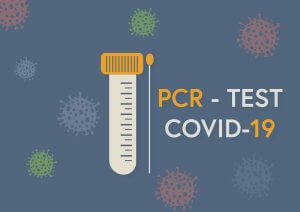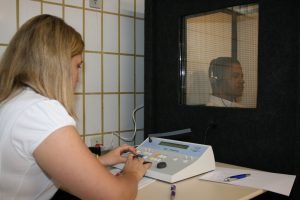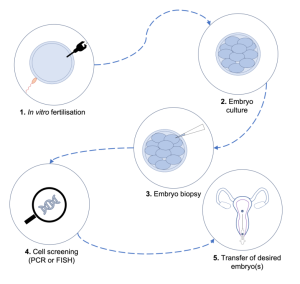概要
A Pap smear also known as a pap test is a procedure that is used to detect cervical cancer in women. A pap smear requires a health professional to collect cells from the 頸部. The cervix is found at the base of the uterus as a narrow end and the top of the vagina.
By finding the early signs of any disease via this test a cure can be determined a lot easier. A pap smear can also find changes in the cervical cells. These changes in cells are a precursor to developing cervical cancer later in life. Pap smears are vital in the prevention of female reproductive cancers.
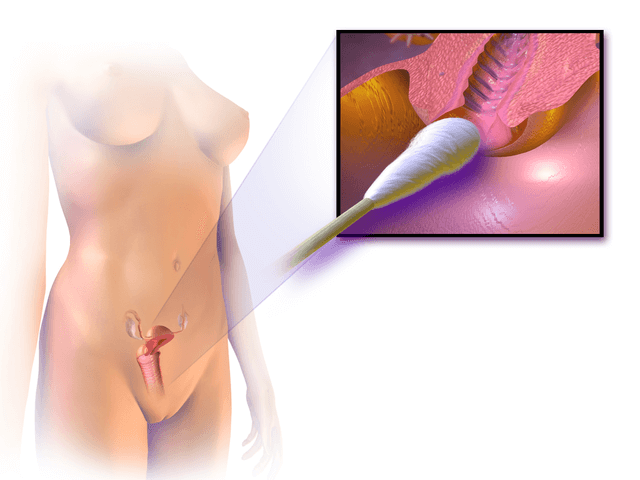
適応症
The main reason a pap smear is done is to prevent and detect cervical cancer. Cervical cancer can cause symptoms such as:
- Bleeding between periods
- Longer menstrual bleeding – More than seven days
- Excess or abnormal vaginal discharge
- Bleeding after the complete onset of menopause
A pap smear is usually done in conjunction with a pelvic exam in females. Physicians advise women to start having regular check-ups at the age of twenty-one. Women over the age of thirty may have an HPV test coupled with a pap smear. HPV or human papillomavirus causes a range of symptoms. HPV can cause:
- Normal warts
- Plantar warts
- Cervical Cancer
In certain cases, some strains of HPV, namely strain 16 and 18, can cause cervical cancer. Strain 16 and 18 together account for nearly 70 percent of all invasive cervical cancers. This makes it all the more important to get regular pap smears. It is recommended to get one pap smear done at least every 3 years. If the pap smear test was inclusive of the HPV test, then it is suggested to do the pap smear every five years. Developing cervical cancer can become easier when:
- A pap smear shows pre-cancerous cells
- You have HIV (AIDS)
- Weakened immune system from chemotherapy, immunosuppressant drugs, and prolonged steroid usage
- Being exposed to diethylstilbestrol before birth – diethylstilbestrol is a well-known carcinogen and teratogen (a drug which causes birth defects)
リスク
Pap smears are relatively safe procedures but you can sometimes receive false negatives. This occurs when, during smearing of the cervix, the swab which was used did not pick up the abnormal cells that were present. This could be due to an inadequate amount, or inflammatory cells that block access to abnormal cells. As a result, after assessment of the sample, it may seem there were no cancerous or pre-cancerous cells when in fact there were. This is called a false negative.
患者の準備
For the highest accuracy, there are some steps you can follow. These are:
- Avoidance of sexual intercourse, spermicides, creams, and douching two days before the pap smear procedure.
- Try not to schedule your papa smear during days of menstruation. The flow may obscure the results and, in some cases, cause the false negative.
手順
A pap smear is performed by a physician and takes only a few minutes. You may be required to change into a hospital gown or undress from the waist down. You will then lie on your back to allow comfortable access to the 頸部. Your knees will be bent while the heels of your feet will be resting in supports called stirrups.
The doctor when then slowly insert an instrument into the vagina. This instrument is called the speculum. The speculum helps slightly pry the vaginal walls apart so that the cervical is both easily visible and accessible. This insertion may cause you to feel pressure in the pelvic region. The physician will then use a soft brush or a spatula to collect the sample of cervical cells from the visible cervical area. This specific part does not cause pain in the majority of patients. They then place the swab in a jar of liquid which they then send off to the lab.
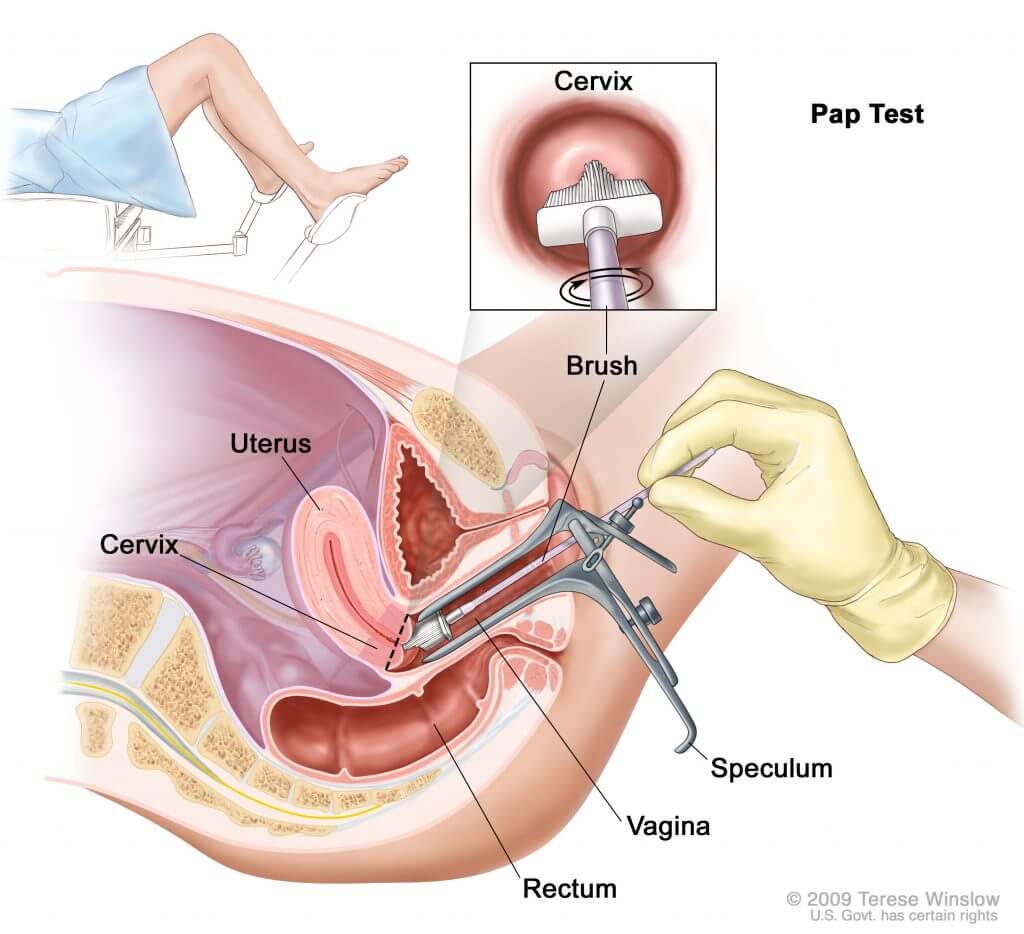
患者の回復
Bleeding after a pap smear test is relatively normal. This happens when, while scrapping, a scratch forms. This bleeding usually only a few hours. Spotting may last up to two days. If you are experiencing bleeding after your test, avoid sexual intercourse and or inserting items such as a tampon and menstrual cup for two to three days. If you experience prolonged bleeding which does not coincide with a menstruation period, you should inform your physician.
結果
A pap smear result test usually comes back within a few days. They either are negative or positive. A negative result means no cancerous or pre-cancerous cells were found in the sample. A positive result, on the other hand, indicates that sample may have one of the following:
- Mild inflammation which may cause cellular changes
- HPV
- 感染
- Cancer or pre-cancerous cells
In rare cases, a lab error may give a false positive, where there was an indication that you may have cervical cancer when in fact you do not. Inflammation which can be caused by intercourse may cause mild changes. Your physician can then wait to see the results of the next pap smear result. If the positive results come back again, then a procedure called a colposcopy is performed.
In colposcopy, a speculum is again inserted and this time light is shown on the cervix. The colposcope is used to observe the appearance of the cervix for anything abnormal. A liquid solution may be applied to help exaggerate and view the suspected abnormal parts of the 頸部. If abnormal cells can be seen a sample is taken via biopsy for further examination in the lab. A solution may be used to minimize bleeding during the biopsy.
- Mayo Clinic: “Pap Smear.”
mayoclinic.org/tests-procedures/pap-smear/about/pac-20394841
- Cleveland Clinic: “Pap Smear.”
- PubMed Health: “Papanicolaou Test (Pap Smear).”
- U.S. National Library of Medicine.
- CDC: “Genital HPV Infection — Fact Sheet,” “What Should I Know About Cervical Cancer Screening?”
- American College of Obstetricians and Gynecologists: “Cervical Cancer Screening.”
- Office of Population Affairs: “Cervical Cancer Screening (Pap Test).”
- https://www.healthline.com/health/womens-health/bleeding-after-pap-smear#:~:text=If%20bleeding%20after%20a%20Pap,if%20you’re%20experiencing%20bleeding.
Health Literacy Hub Webサイトで共有されるコンテンツは、情報提供のみを目的として提供されており、州または国の資格のある医療専門家が提供するアドバイス、診断、または治療に代わるものではありません。読者は、他の情報源から提供された情報を確認し、自分の健康に関して質問がある場合は、資格のある開業医のアドバイスを求めることをお勧めします。 Health Literacy Hubは、提供された資料の適用から生じる直接的または間接的な結果に対して責任を負いません。

